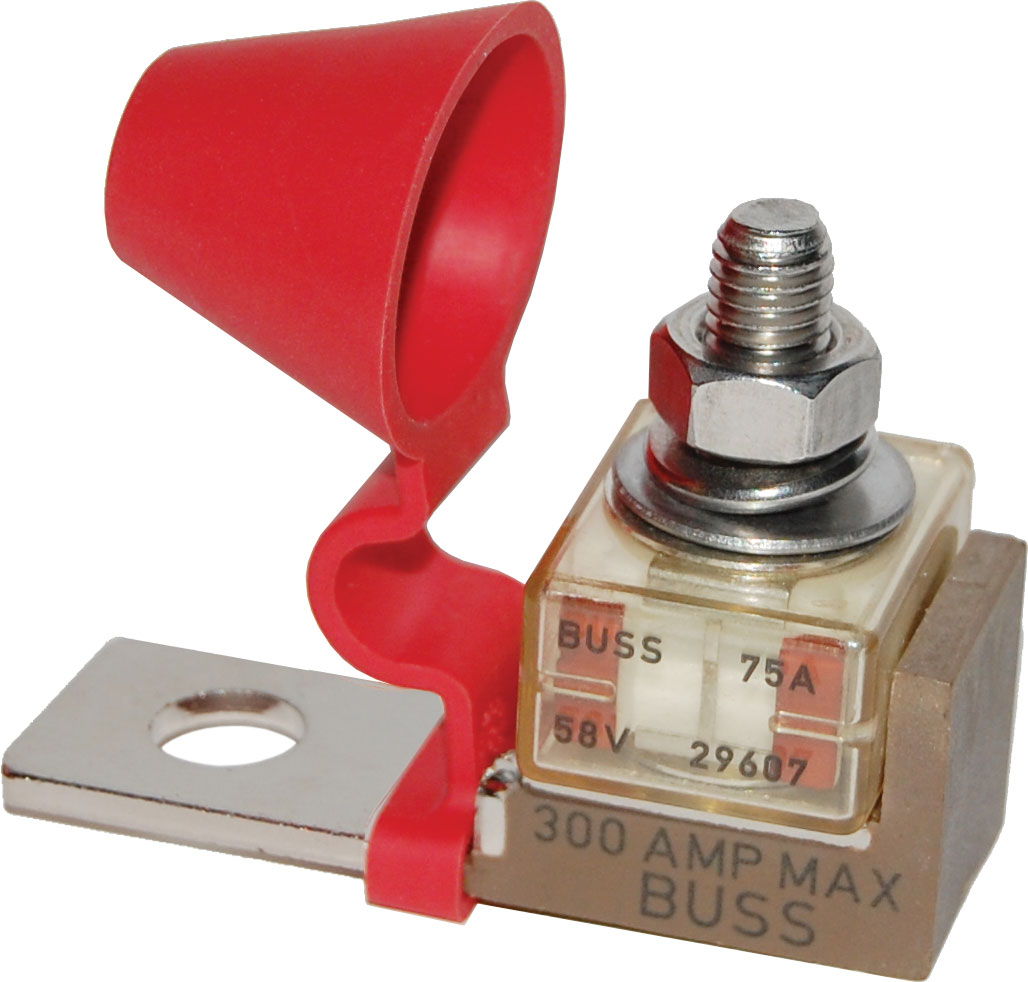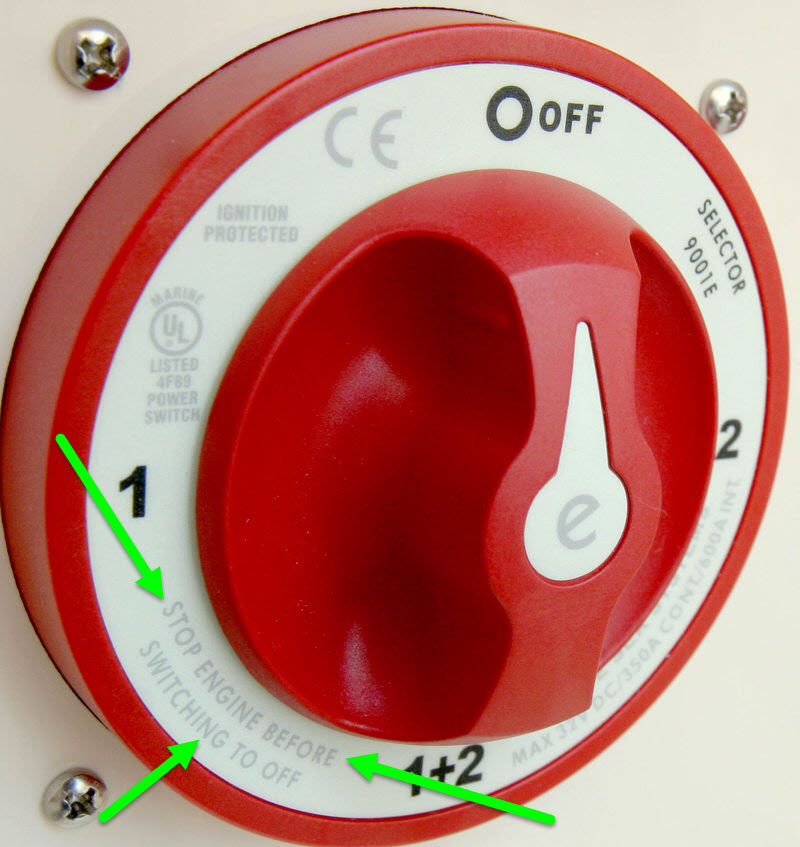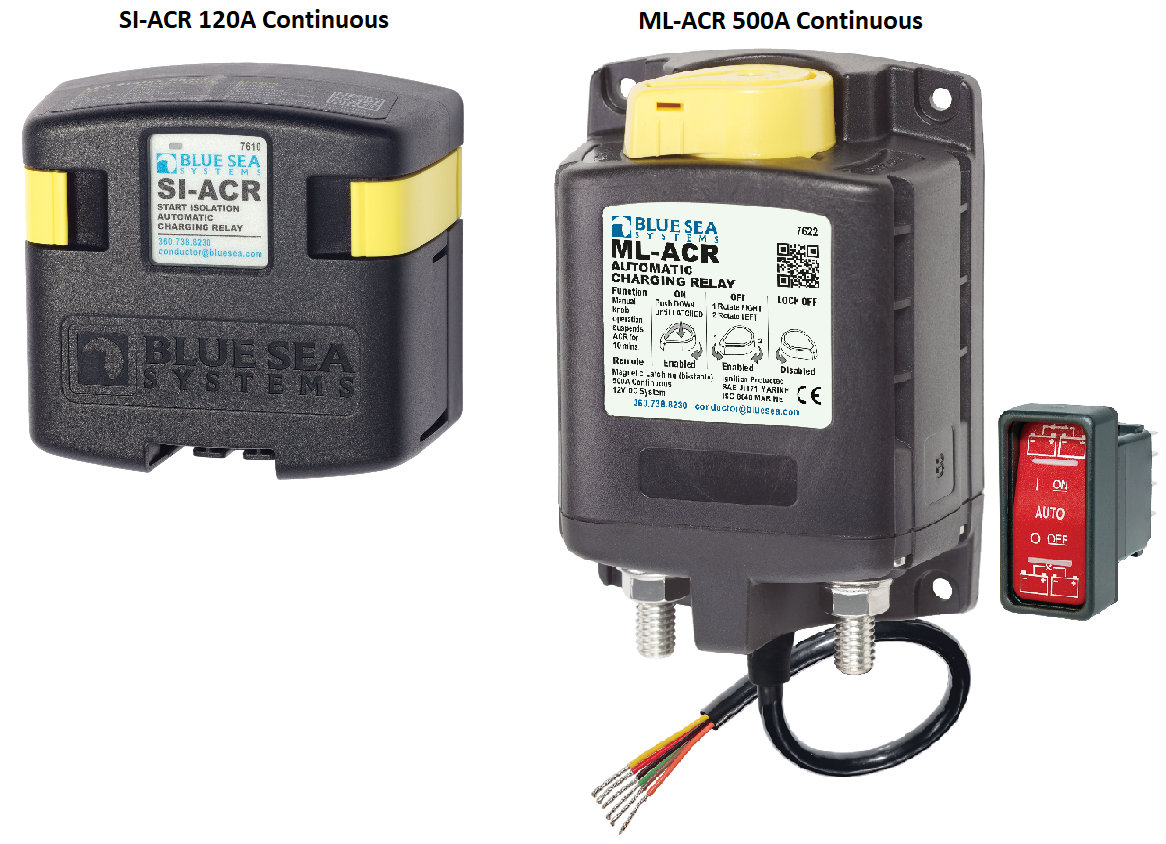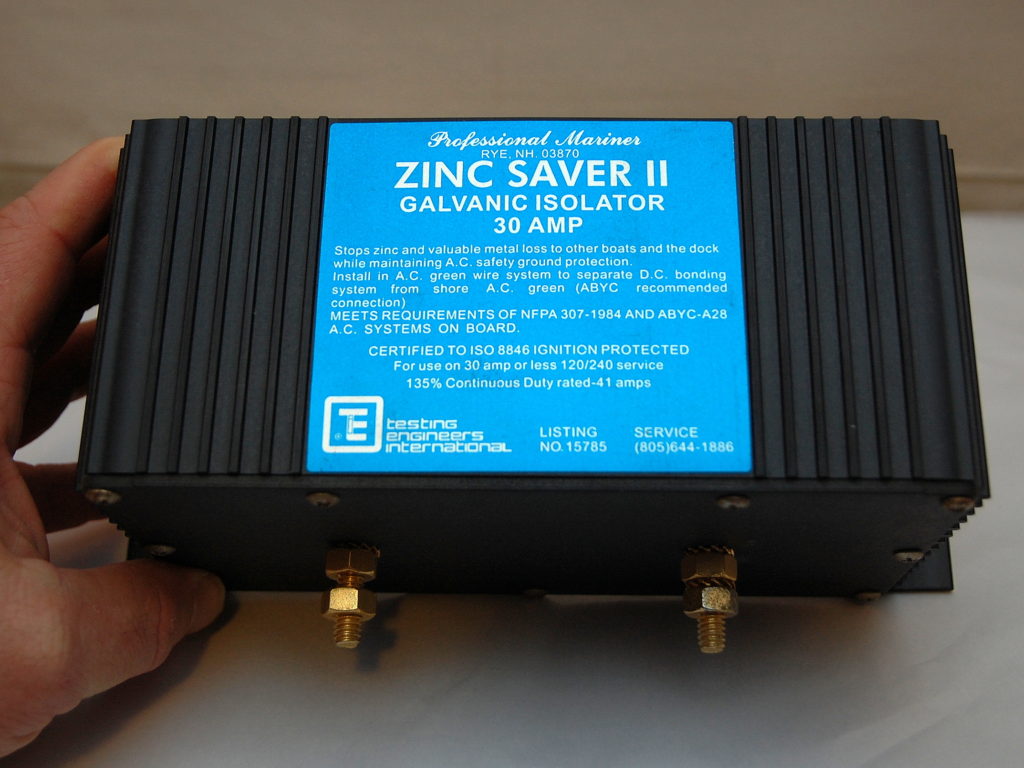Hi there! New boat owner here...we inherited our sailboat, and are redoing the wiring. I have made a wiring diagram, it's at the bottom of this, and am hoping to get some input on it. To help, here's a basic description of my systems:
1) The "positive" side of the DC system, going from batteries to the components:
My questions:
1) did I screw anything up?
2) I'm assuming that, since my breaker for everything being powered by the 1/2/off switch is 50A I need a cable gauge to safely carry that voltage from the switch bus to the DC ground bus?
3) is 50A massively big for the switch panel, VHF, stereo circuit? We could have bought a 30, but weren't sure and didn't want to undersize it.
4) what size ground wire would you use to hook the batteries up to the DC ground bus, and the DC ground bus to the engine? We are using 6 gauge positive cables to connect the batteries to the 1/2/off switch, it's less that 2' away from one of the batteries and 1' from the other one.
5) my husband feels we should connect the negative bilge pump wire direct to the battery instead of to the DC bus. Or, put the switch bus directly on the batteries as well, and connect the battery and AC ground straight to the engine, thus eliminating the ground bus. I'm not sure why, but that's making me leery. What are your thoughts?

1) The "positive" side of the DC system, going from batteries to the components:
- a deep cycle house battery and a cranking battery for the outboard motor, utilizing a 1/2/both switch.
- VHF radio, marine stereo, and switch panel connect to the 1/2/both switch (with a 50 Amp fuse before them, in line fuses for the radio and stereo, and my switch panel has integrated circuit breakers - yay no fuse box!)
- Bilge system connects straight to the house battery, so it will run in automatic mode even if the 1/2/both switch is set to off. See, I'm learning!
- The house battery negatives are connected together.
- I have the radio, stereo, and switch panel negatives combining in a negative "switch bus".
- I belive the "common ground" I've created, hopefully without a ground loop is, the "ground bus" - the engine, batteries (via one of their negative terminals), bilge pump, and switch bus all connect to that bus.
My questions:
1) did I screw anything up?
2) I'm assuming that, since my breaker for everything being powered by the 1/2/off switch is 50A I need a cable gauge to safely carry that voltage from the switch bus to the DC ground bus?
3) is 50A massively big for the switch panel, VHF, stereo circuit? We could have bought a 30, but weren't sure and didn't want to undersize it.
4) what size ground wire would you use to hook the batteries up to the DC ground bus, and the DC ground bus to the engine? We are using 6 gauge positive cables to connect the batteries to the 1/2/off switch, it's less that 2' away from one of the batteries and 1' from the other one.
5) my husband feels we should connect the negative bilge pump wire direct to the battery instead of to the DC bus. Or, put the switch bus directly on the batteries as well, and connect the battery and AC ground straight to the engine, thus eliminating the ground bus. I'm not sure why, but that's making me leery. What are your thoughts?





